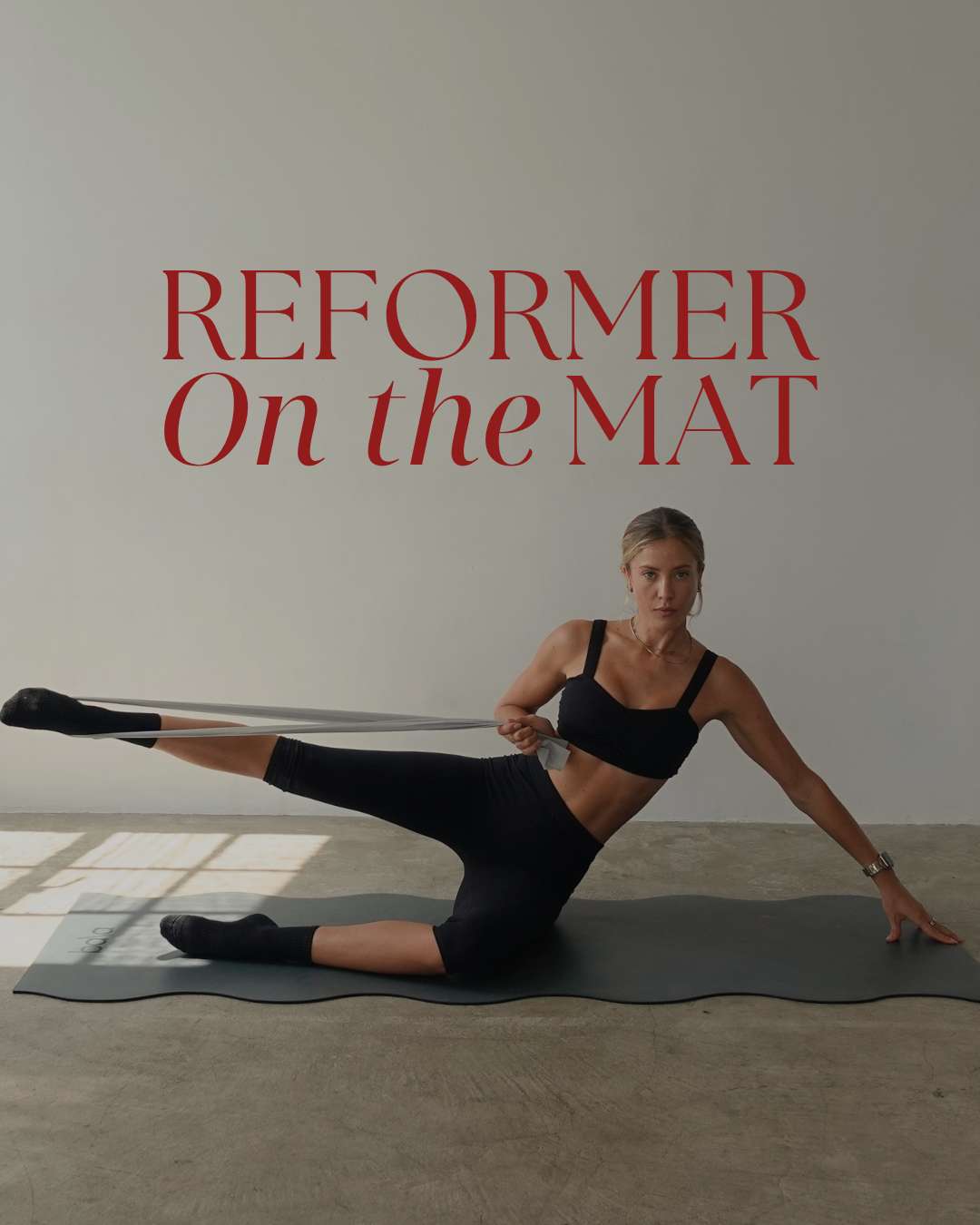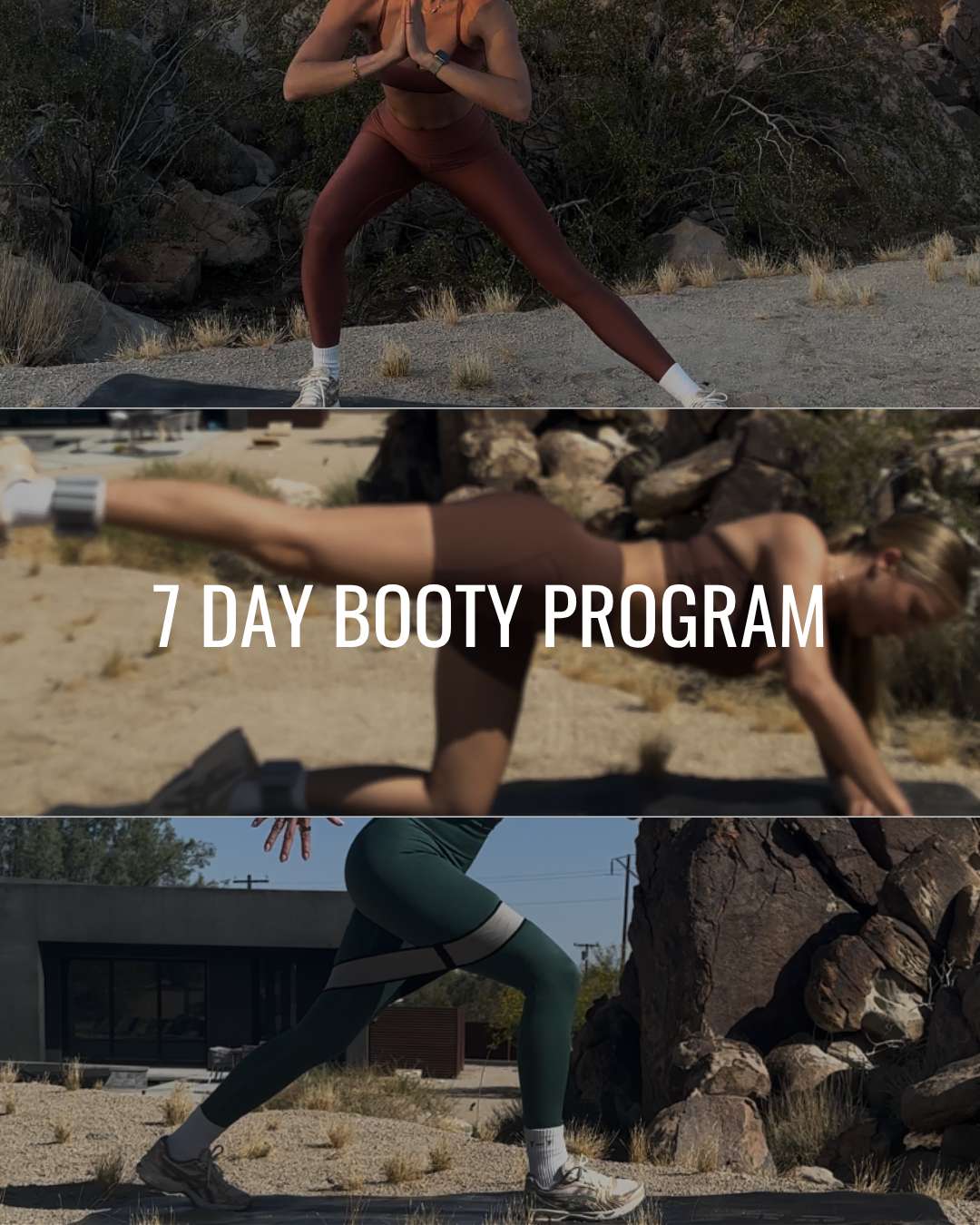I used to spend so much time trying to “work on my abs.”
Crunches, planks, twists…you name it, I did it. I followed all the trending workouts, added extra reps at the end of every session, and kept thinking maybe I just need to push harder. But no matter how much effort I put in, I wasn’t seeing the results I expected.
It was frustrating. I was doing everything right, but my core never felt truly strong or connected. And aesthetically, nothing changed. I started to feel frustrated, like I was putting in the work but missing something important.
It wasn’t until I started my Pilates teacher training that I finally understood what that “something” was. I learned about the transverse abdominis: your body’s deep core muscle that acts like an internal corset. That’s when I realized I’d been training the wrong muscles all along.
All those crunches and ab circuits are mostly targeting the surface. But real strength, and real change, comes from learning how to properly activate your deep core.
That’s exactly what Pilates taught me.
Once I understood how to move from the inside out, everything changed. My posture improved, my stomach felt tighter (even without doing a single crunch), and I finally felt strong and supported in my own body.
Why Traditional Ab Exercises Don’t Work
Most mainstream ab workouts are designed to target the rectus abdominis—the top layer of your abs that make up the “six-pack” look. But if you’re only working those muscles, you’re missing the foundation.
This outer layer is important, but it’s the transverse abdominis, the deepest layer of the core, that actually supports your spine, improves posture, and helps create that flat, toned look so many of us are after.
What most people don’t know is that it’s nearly impossible to activate this deep core muscle properly when you're rushing through fast-paced crunches or relying on momentum instead of mindful movement.
The Deep Core Muscle You’re Probably Ignoring
The transverse abdominis wraps around your midsection like a corset. It’s connected to your breathing, your posture, and your pelvic floor. It doesn’t get activated by accident—you have to train it intentionally.
And that’s where Pilates makes all the difference.
When you practice Pilates the right way, you’re not just “working your abs”—you’re strengthening your body from the inside out. Every movement starts with the breath, and every breath activates your deep core. It’s subtle, but powerful.
You might not leave a Pilates session drenched in sweat, but you will leave feeling taller, more connected, and more stable in your center. Over time, this builds lasting strength—and real results.
The Shift That Changed Everything for Me
When I stopped chasing intensity and started focusing on connection, everything shifted.
I let go of the idea that more reps = better results. I started slowing down, focusing on technique, and actually listening to my body. That’s when I saw the biggest changes—not just in how I looked, but in how I felt.
My core became stronger and more stable. My lower back pain disappeared. My workouts felt more sustainable, more effective, and less stressful.
And perhaps most importantly, I stopped obsessing over how my stomach looked, and started appreciating how strong and supported I felt in my body.
What Actually Works: How to Truly Train Your Core
If you're ready to shift from surface-level workouts to real core activation, here’s where to start:
1. Start with your breath
Learning to connect your breath with movement is the foundation of deep core activation. Inhale to expand, exhale to gently draw your belly button toward your spine. This engages the transverse abdominis—your deep core muscle.
Try this: Before any movement, take a deep breath in. As you exhale, gently engage your lower abs, pelvic floor, and wrap everything inward. That’s your deep core waking up.
2. Slow down your movement
Fast reps often rely on momentum—not muscle. Slowing down forces you to stay connected, stabilize through your core, and build strength from the inside out.
Try this: Next time you’re in a plank or leg lift, cut your reps in half and focus on control. Move with intention, not speed.
3. Focus on form
If you’re feeling your neck, back, or hip flexors more than your abs—it’s time to adjust. Proper alignment and mindful engagement make every movement more effective (and safer).
Try this: In Pilates, less is more. One well-executed rep is more powerful than 20 sloppy ones.
4. Train consistently, not intensely
Deep core strength takes time and repetition. Short, consistent workouts are more effective than occasional long sessions that push your body too far.
Try this: Aim for 10–20 minutes of Pilates 3–5 times a week. It adds up—fast.
5. Use the right workouts
Not all ab workouts are created equal. Choose routines that are designed to activate your deep core through breath, posture, and alignment—not just burn.
Try this: Start with the Sculpted Abs category on TF Studio. Every workout is designed to engage your transverse abdominis and build long-term strength.
Ready to Feel the Difference?
If you're tired of doing all the “right” ab workouts and still not feeling stronger, it’s time to change your approach. The truth is, real core strength starts with connection and not crunches.
That’s exactly what we focus on in our 7-Day Pilates Challenge. These workout are designed to activate your deep core using breath, alignment, and functional movement— no fluff, no wasted reps. These are the exact methods that helped me shift from frustration to strength, and now I’m sharing them with you.
Join the challenge and experience how our signature core workouts actually make a difference.






